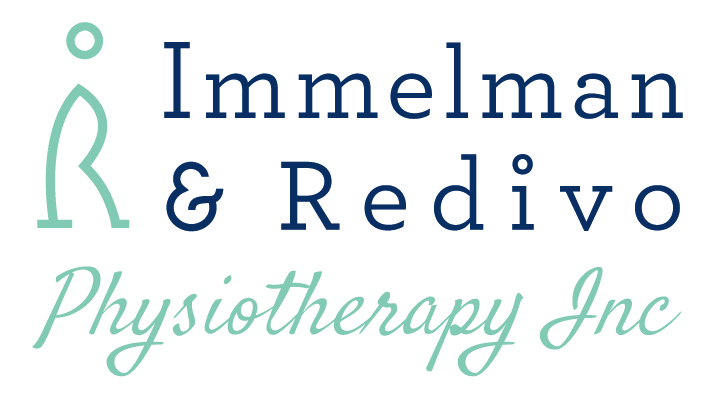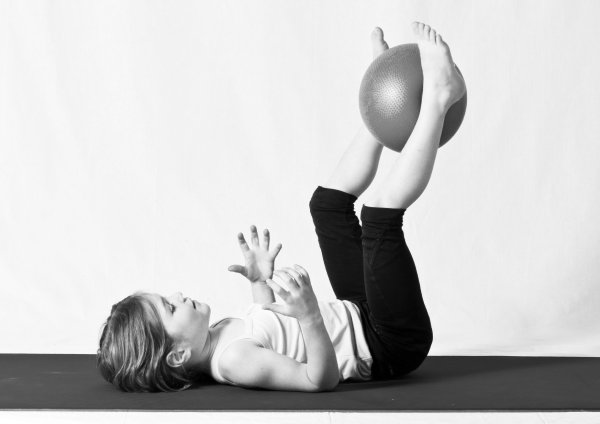Children & Adolescents
During each stage of development physiotherapy treatment might help your child with movement, function or illness. For example, a common goal for premature babies is to help maintain proper posture. Further, in adolescents a common goal often is to promote movement and sport specific techniques.
Read more about…
- Children & Adolescents
- Growth Spurts
- Adolescents/Children with pain
- Apophysitis
- Scheuerman’s Disease
Children & Adolescents
During each stage of development, physiotherapy treatment might help your child with movement, function or illness. For example, a common goal for premature babies is to help maintain proper posture. For toddlers and children a common goal is to improve quality of life and promote independence. Further, in adolescents a common goal often is to promote movement and sport specific techniques.
It is important when working with children and teenagers to listen to their needs or concerns and involve them in the decision making process. As physiotherapists we work with the neuromuscular skeletal system which includes, but is not limited to nerves, muscles and bones. We are well equipped to assess and treat the younger generation and assist to treat and prevent injuries, as far as possible.
Growth Spurts
All adolescents go through growth spurts. During this time, they can experience pain that may be worrisome to parents. In some cases, this type of pain can have a long term effect. Growth pains include Osgood Schlatter, Sever’s or Scheuerman’s disease. Teenagers can also get postural dysfunction and back pain during puberty. Your physiotherapist can assist you in identifying whether this pain will subside over time, or whether it could be more serious. Most teenagers respond very well to manual therapy and exercise.
Adolescents/Children with pain
Pain is an ever realistic trend amongst the youth, as a result of the lifestyle demands placed on the growing child. Children with pain include the imbalanced athlete, the scholar with an over-loaded back pack, as well as the inactive Playstation/computer gamer, let alone the cellphone user. Early intervention and education to overcome these imbalances are key to prevent a future generation of poor posture and pain.
Apophysitis
Both Sever’s disease and Osgood Schlatter disease are what are called apophysitis. Apophysitis is the inflammation and irritation of the boney attachment of a tendon. Osgood Schlatter refers to the knee where the patella tendon attaches to the shin. Sever’s disease is the irritation of the achilles tendon on the heel. Both conditions are seen as a result of a couple of factors. These may include growth spurts or overuse/misuse injuries. Physiotherapy assists with managing pain, preventing future complications and rehabilitation to return to sport or function.
Scheuerman’s Disease
This condition, if left untreated, results in a postural deformity of increased “hunch” in the back. The disease results in the vertebrae “wedging” and associated pain in the middle and lower back. Scheuerman’s Disease is confirmed with an X-ray and is managed in collaboration with an orthopeadic surgeon. Patients complain of pain, and physiotherapy can assist with pain management, as well as strengthening to prevent further wedging and postural deformity.

